September Gardening Tips and To-Dos for the Pacific Northwest
Are you starting to see signs in your garden that the fall season is right around the corner? I’ll share essential September gardening tips and to-dos for your Pacific Northwest garden during this important time of seasonal transition.
September always seems a bit confusing for me in the garden. Two seasons are basically happening at once. Does anyone else feel this way?
In this transitional phase, there’s still plenty of deadheading, harvesting, and weeding to do. Controlling pests and diseases in the garden is more important than ever as the summer season shifts to shorter days and cooler temperatures.
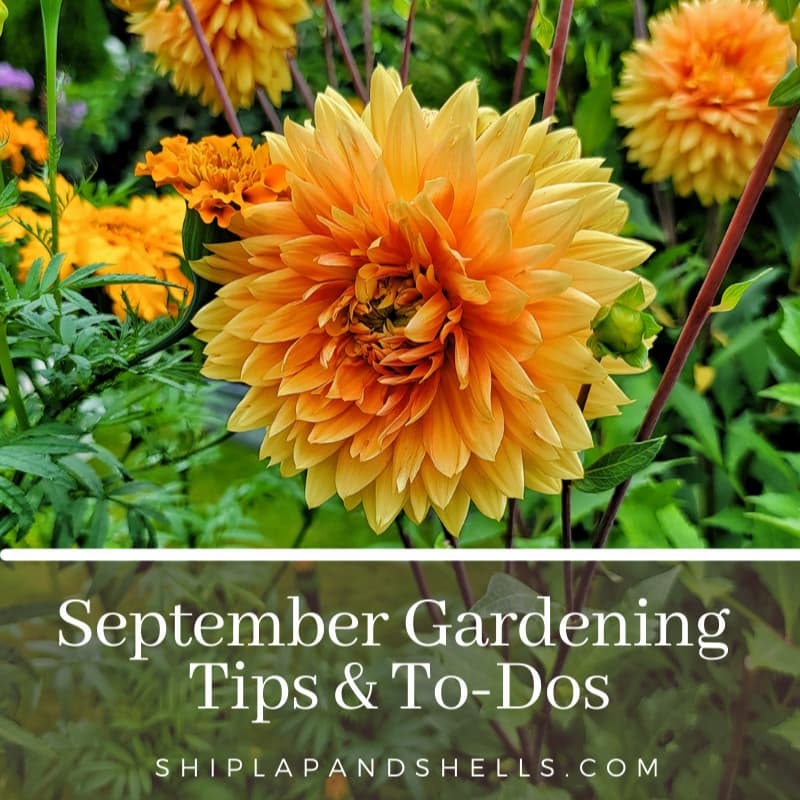
As an Amazon affiliate, I earn from qualifying purchases at no extra cost to you. My blog contains other affiliate links for your convenience as well. Click here to read my privacy policy.
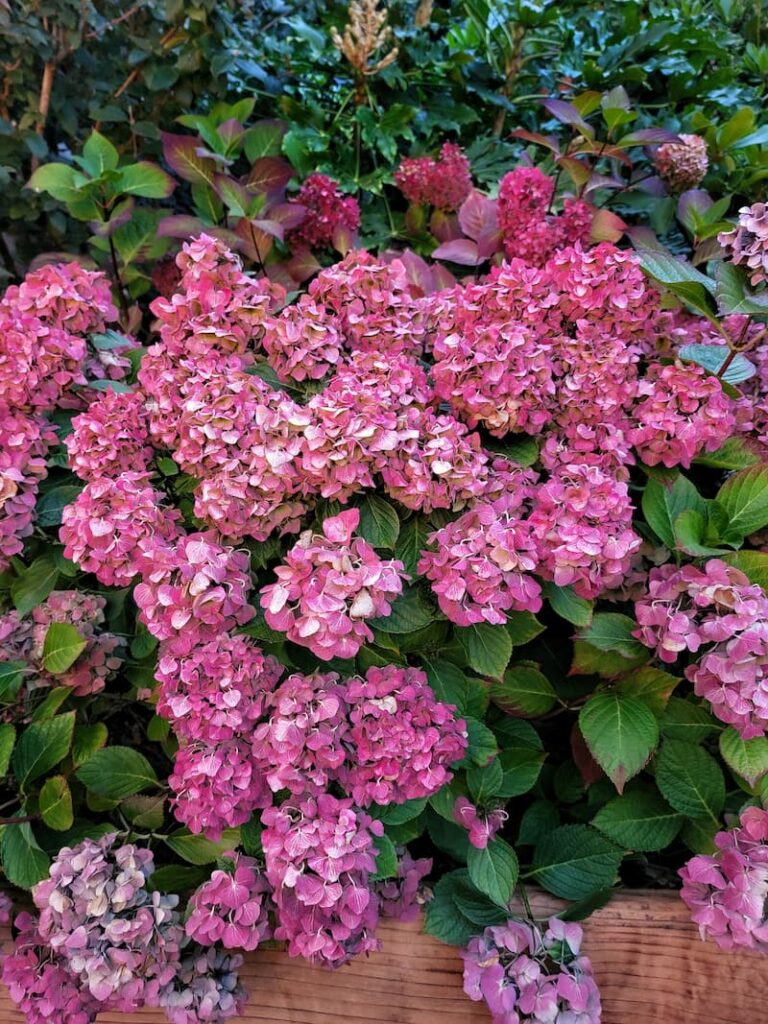
September Pacific Northwest Gardening To-Dos
September is a transitional month for garden maintenance and is a bridge between two distinct seasons.
Addressing tasks such as harvesting the last of the summer bounty, planting cool-season crops, and managing your garden’s soil health sets the stage for a successful transition.
Read on to discover September gardening tips and things to do in your Pacific Northwest garden.
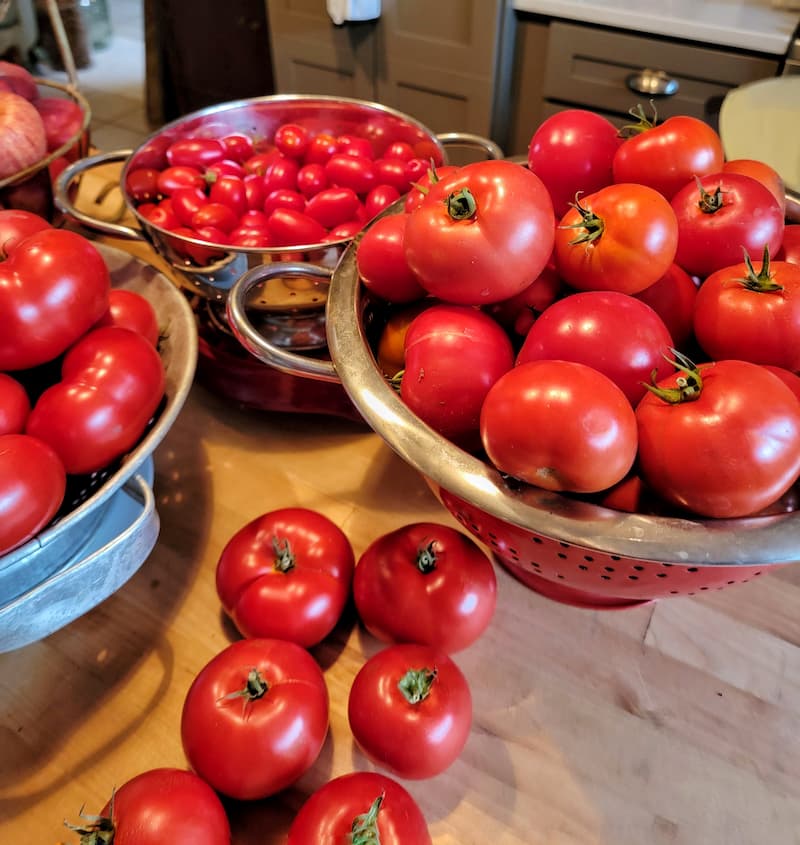
Harvest Garden Fruits and Vegetables
Gather the Last Summer Bounties
Harvest your remaining summer garden edibles this month such as tomatoes, peppers, green beans, cucumbers, and zucchini. Dig up potatoes when their tops die down.
Collect mature herbs for drying or freezing. Remember to choose healthy, pest-free leaves, and wash and dry them thoroughly before preserving them.
Whether you prefer drying herbs in a cool, dark place or freezing them in ice cubes or freezer bags, preserving these herbs allows you to enjoy their flavors even after the growing season ends.
Harvest onions when the tops start to fall over. Be sure to stop watering onions when the stems turn yellow to force them into dormancy.
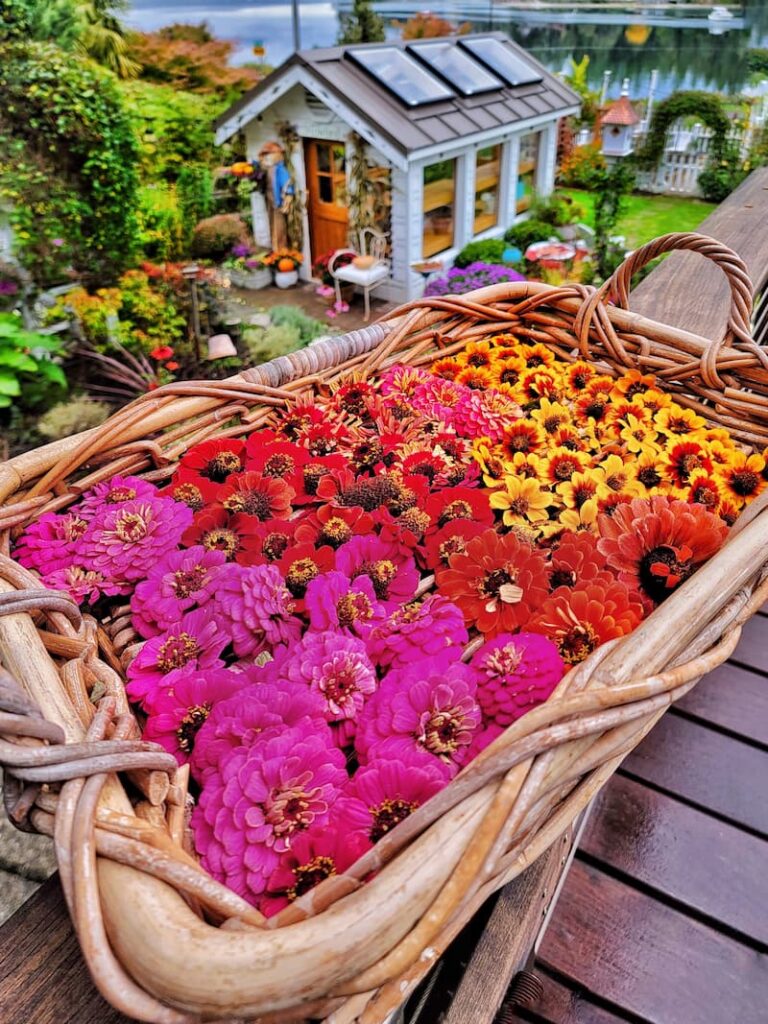
Collect Seeds from This Year’s Garden for Next Year
You can save seeds from many types of plants you grew this summer to sow for next year’s garden.
This has worked out well for me because there have been a few times when I’ve loved a certain cut flower and the variety was no longer available.
The best plants for saving seeds are open-pollinated plants and heirlooms because the seeds usually grow into plants that look just like the parent plants.
Share Your Seeds
Seed sharing eliminates the need to purchase new seeds each year.
By sharing a diverse range of seeds, you create gardens filled with different colors, shapes, & scents.
Diverse gardens attract a variety of pollinators, benefiting local ecosystems.
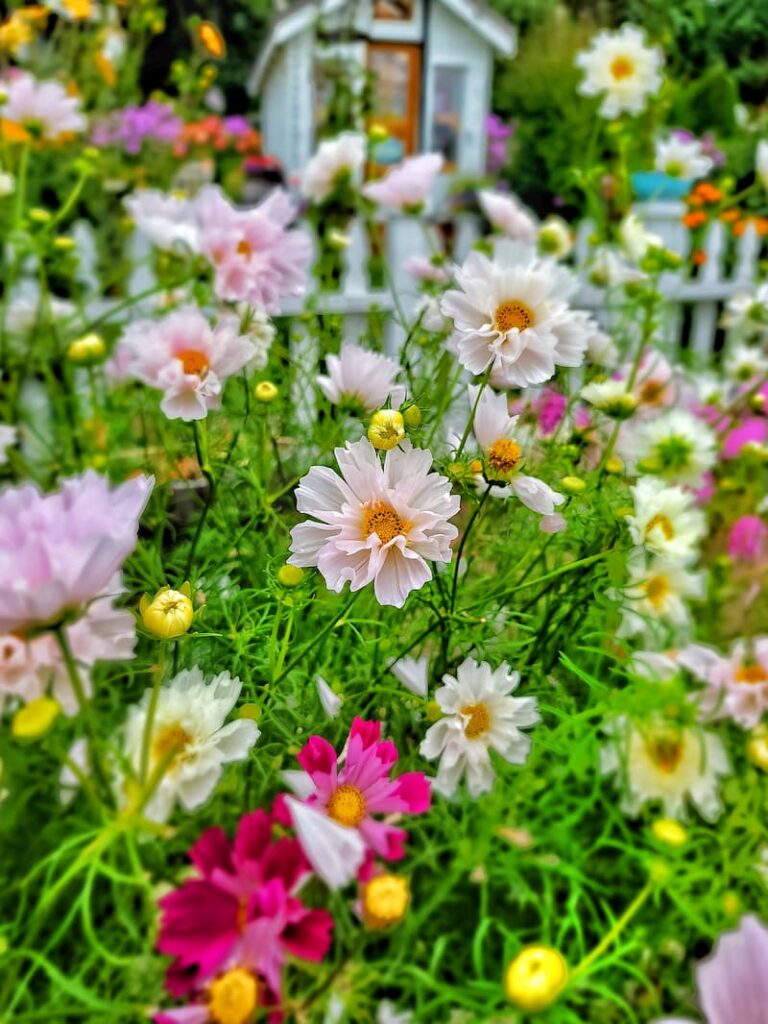
Transition and Planting
Fall Annual Planting
Are some of your areas in the garden looking tired? September is a great time to refresh your garden containers, window boxes, and planters with new colors by planting fall annuals.
Clear out your spent summer annuals, and be sure to clean and amend the soil to prepare for the new plantings.
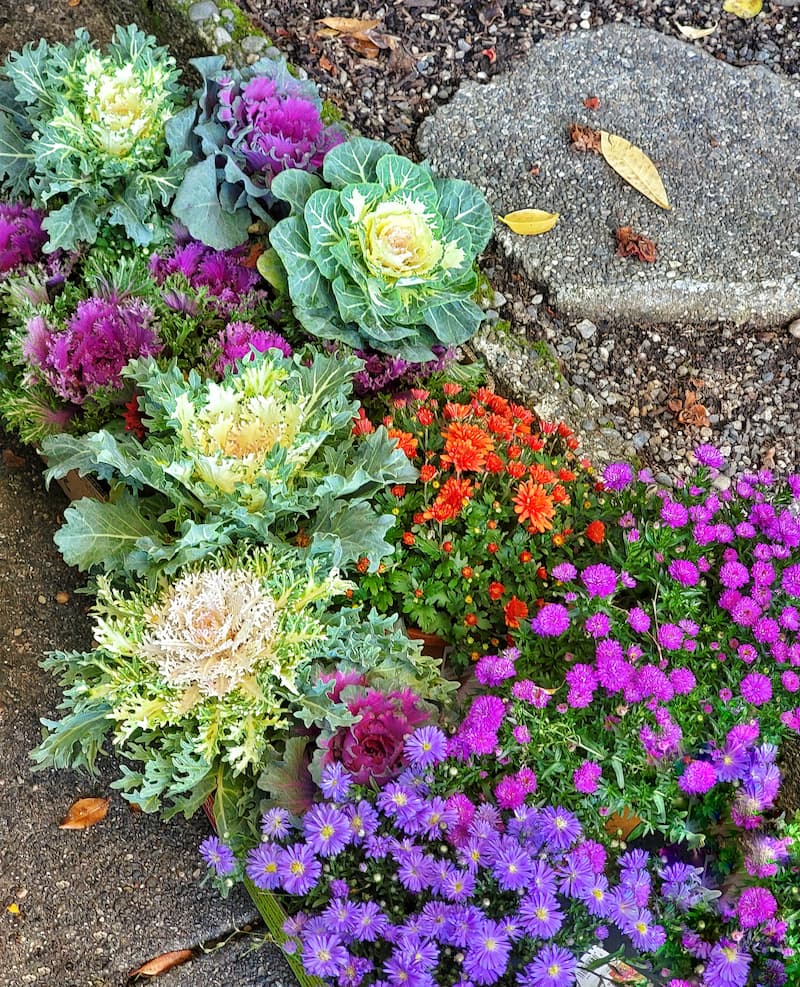
Many options will replace your spent summer flowers beautifully.
Start Fall Crops
Plant cool-season vegetables in the vegetable garden in the month of September.
Using row covers is a smart and effective way to extend the vegetable growing season and protect your plants from adverse weather conditions.
Plant New Trees and Shrubs
September is an ideal time to plant evergreens, new trees, and other shrubs in the garden.
The soil is still warm and the roots have enough time to establish before it starts to freeze. If the weather is warmer than usual for the month you can wait until mid to end of September to plant.
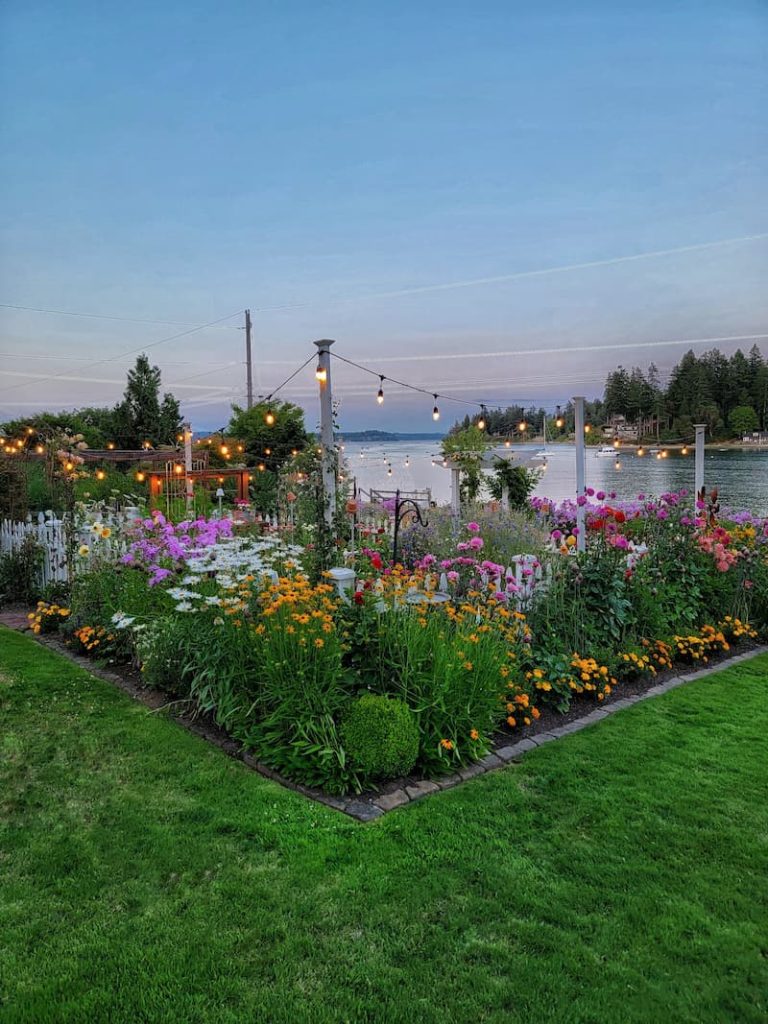
Yard and Lawn Care
Tree and Shrub Care
In September, it’s important to snip away any dead or sickly branches from your plants. Doing so helps prevent disease from spreading, encourages healthy growth, and ensures your garden thrives as the season changes.
Lawn Maintenance
Overseeding your lawn with cool-season grasses in September is key to maintaining its lushness.
As summer heat recedes, the soil remains warm, providing ideal conditions for new grass growth. This practice helps fill in bare spots and ensures a vibrant, thick lawn as the seasons change.
For healthier soil, consider aerating and dethatching your lawn. These simple steps help nutrients and air reach the roots, promoting better growth and a more robust, thriving lawn.
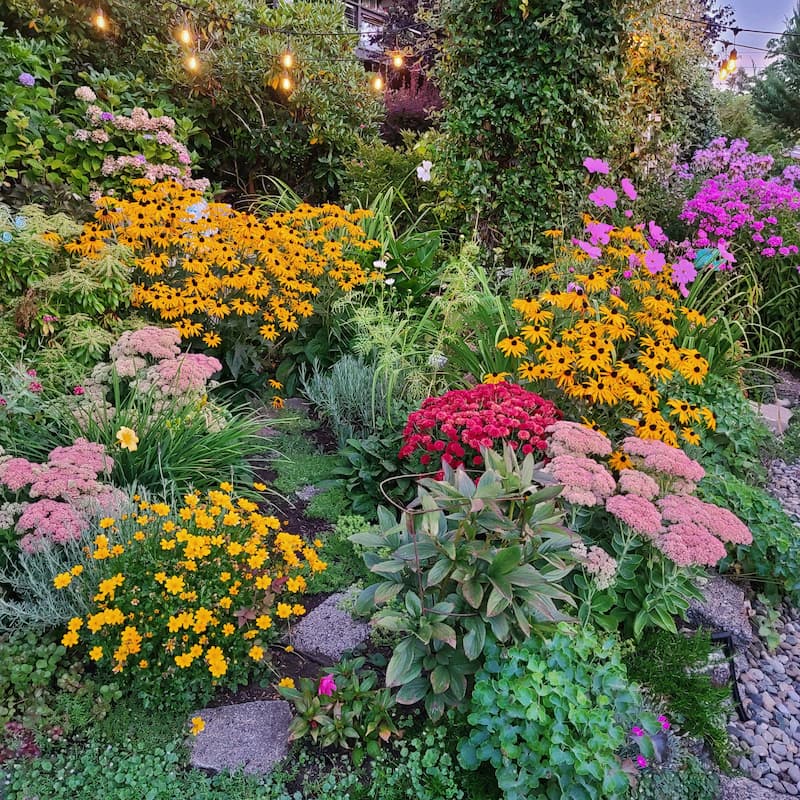
Soil Health and Fertilization
Soil Testing
Testing your garden’s soil will tell you what nutrients are lacking or abundant in your soil. This helps you give your plants the right nourishment for them to grow strong and vibrant.
When you get your soil test results, if nutrients are low, add fertilizers based on the recommendations. If they’re high, skip adding more and choose plants that suit your soil’s natural goodness.
Applying Fertilizers
Balanced fertilizers contain equal parts of essential nutrients, helping with new growth for your fall plantings during the cooler months. Spread them evenly over the soil before planting to give your plants a healthy start.
Be careful not to overfeed your plants with too much nitrogen in the fall. This can make them grow too quickly, making them vulnerable to winter damage. Opt for balanced fertilizers to keep their growth steady and sturdy as the colder weather arrives.
Organic Matter
Adding organic matter to your garden in September in the Pacific Northwest is beneficial.
This is a great time to enrich your soil with compost or well-rotted manure. Organic matter improves soil structure, retains moisture, and enhances nutrient availability, setting the stage for healthier plants in the coming seasons.
Mulching your fallen leaves can also be very beneficial to your garden. It’s the way I protect my dahlias and other tubers and bulbs through the winter.
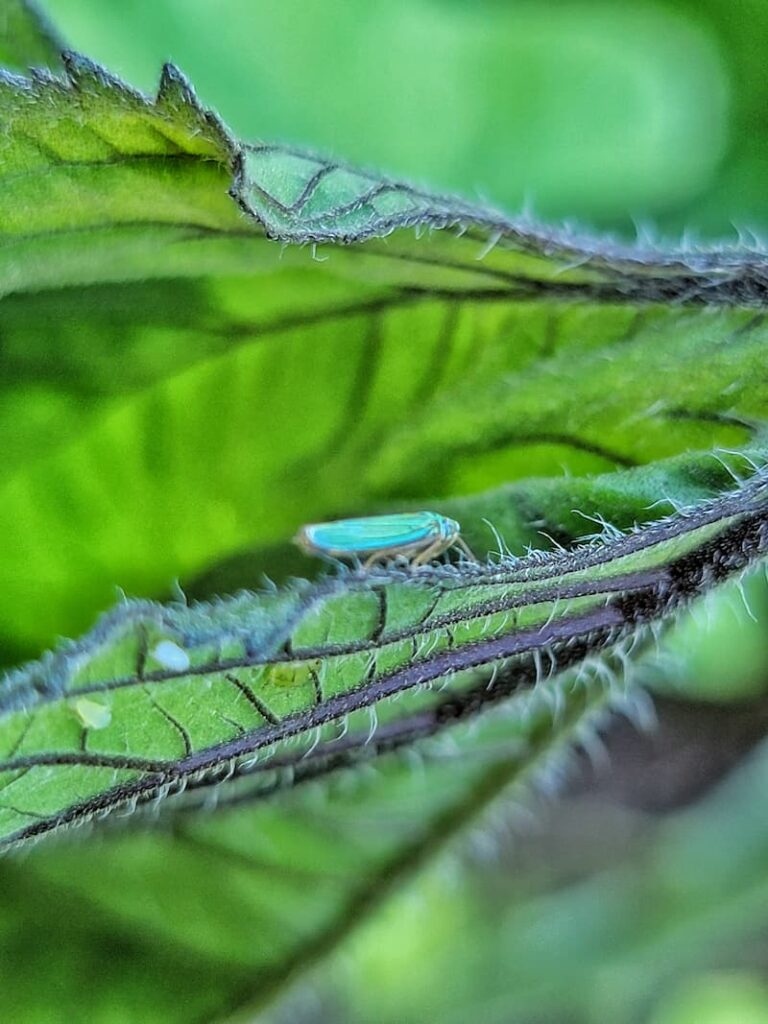
Pest, Disease, and Weed Management
Addressing Pests in Your September Garden
Watch out for pests like aphids and slugs in the Pacific Northwest during the fall. They can damage your plants quickly, so keep an eye out and take action to keep them at bay.
To keep pests in check without hurting the good bugs, try spraying a mix of soapy water on plants or introducing ladybugs, which will eat the aphids.
Use the water spray from a hose or insecticidal soap spray to keep aphids, spider mites, and other sap-sucking pests from your favorite flowers.
Continue applying slug bait to areas in the garden where the slug’s favorite flowers are such as dahlias, zinnias, and marigolds. I use Sluggo which is safe for pets and wildlife.
Other slug-killing methods include a small container of beer, an evening of slug hunting with a flashlight, and your favorite slug-killing tool. You can also lay down copper tape to deter slugs while leaving beneficial insects unharmed.
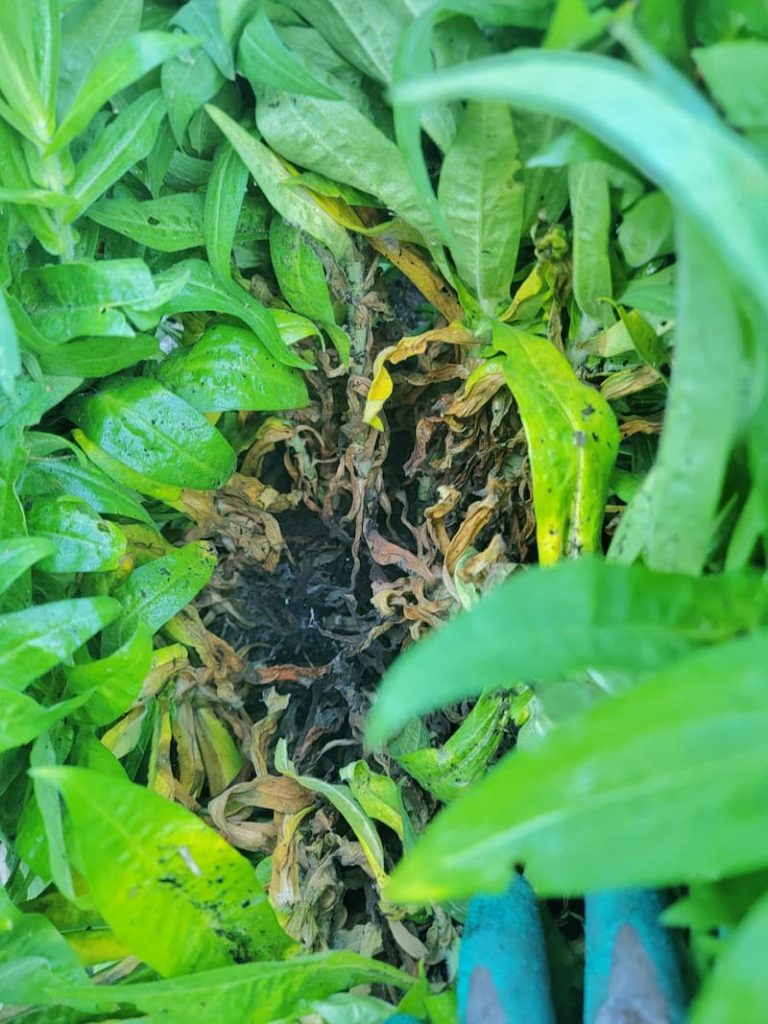
Control Plants with Disease
September is a very busy time of year for powdery mildew, so remember to remove any infected diseased leaves on your garden plants right away to keep them from spreading.
To fend off plant diseases, ensure good air circulation by spacing plants well. Also, water at the base of the plants to prevent leaves from getting wet.
Managing Weeds
Continue to keep up on weeds in the garden in September so they don’t steal water and nutrients from other plants in your garden, but also so they don’t get out of control and become an even bigger chore later down the line.
For a simple way to keep weeds at bay, spread a layer of mulch around your plants. And if you spot any weeds popping up, pull them by hand, making sure you get the roots.
It can be much easier to pull weeds if they are wet, after a rain storm, or by watering them deeply before the task.
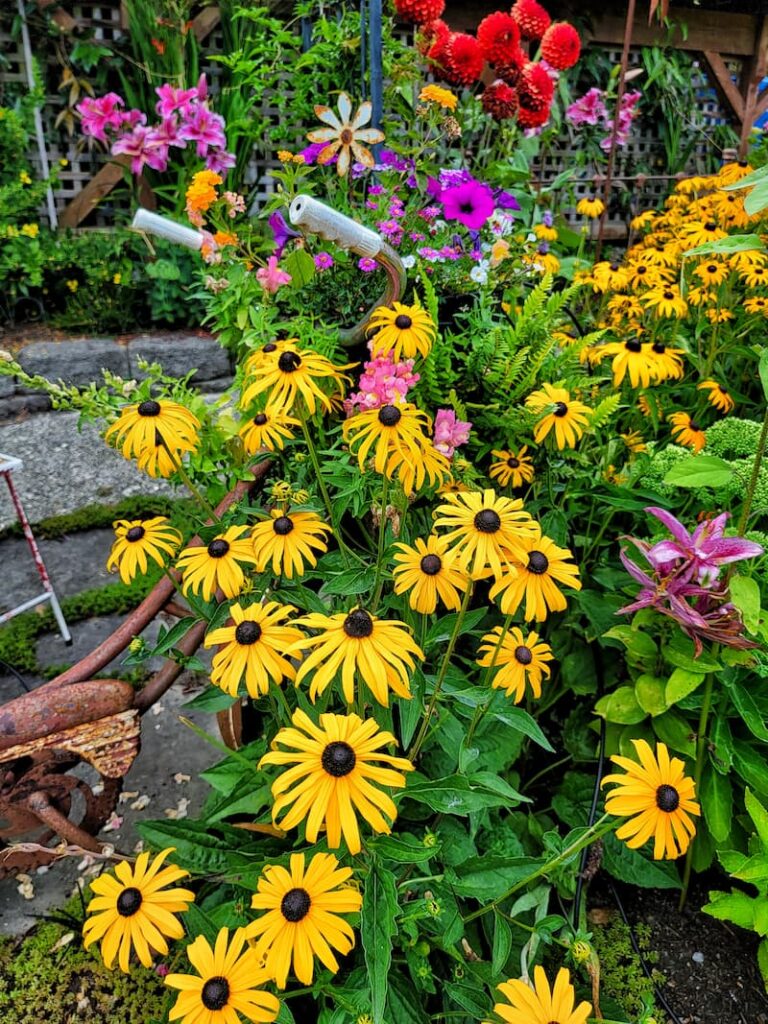
Seasonal Garden Upkeep
Dividing and Transplanting
To boost the health of your perennials, gently dig them up, and carefully separate their root clumps into smaller sections.
Replant these sections in well-prepared soil, ensuring they have enough space to grow. This division and transplanting encourages fresh growth and revitalizes your plants.
Plants like peonies, hostas, daylilies, and ornamental grasses are great choices for fall division. They’re more resilient in cooler weather, making it an ideal time to separate and replant their root clusters for better growth next year.
Deadhead Your Spent Blooms
Be sure to snip off any spent blooms on annuals and perennials throughout the fall.
Deadheading is the removal of dead flower heads from a plant to encourage growth by putting more energy into blooms for the remainder of their growing season.

Order Spring Bulbs to Plant in the Fall
If you haven’t done so already, order your spring bulbs to plant from September to mid-November depending on your area’s average first frost date.
Favorite spring-flowering bulbs include tulips, daffodils, crocus, and hyacinths.
Keep Your Garden Hydrated
Now is not the time to stop watering your garden plants. Continue to water until the fall rains are established.
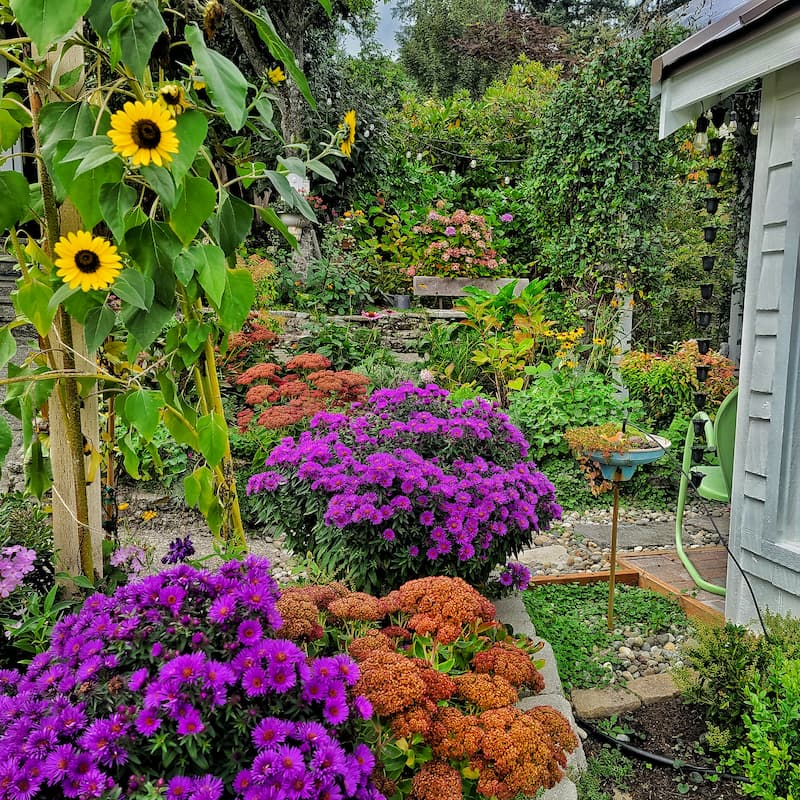
Common Questions About Gardening in September
Is September Too Late to Start a Garden?
While it’s a bit late for some crops, you can still start a garden in September in the Pacific Northwest. Focus on quicker-growing options like lettuce, radishes, and spinach that can thrive in the remaining warmth. It might not be as extensive, but you can enjoy a fall harvest with proper planning.
Can I Plant Anything in October?
You can still plant certain cool-season crops like garlic, shallots, and certain types of onions in October. These hardy plants can withstand the cooler temperatures and even benefit from being planted before winter sets in, giving them a head start for the next growing season.
However, it’s always a good idea to check with local gardening resources or extension services for specific recommendations tailored to your exact location within the Pacific Northwest.
How Do I Prepare My Garden for the End of Season?
As the season winds down, start by clearing out spent plants, removing weeds, and adding compost to enrich the soil.
Trim back any dead or overgrown branches, and consider planting cover crops to protect the soil over winter. This helps tidy up your garden and sets the stage for a successful next season.
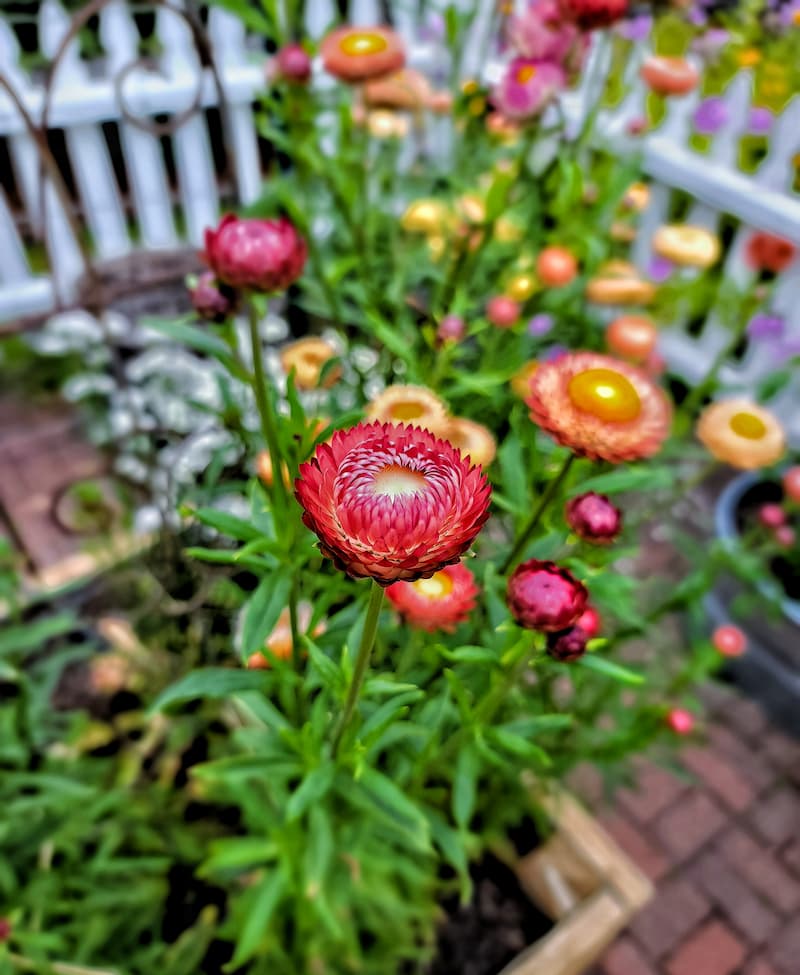
By tending to your Pacific Northwest garden in September, you’re laying the foundation for a thriving garden next year.
Cleaning up, planting, and caring for plants now will pay off when spring arrives, ensuring a rewarding gardening journey ahead.
September is a month of major transition but there is still plenty of beauty in your flower gardens right now so ENJOY!
If you have any questions or additional suggestions, please share them in the comments below. And be sure to share this blog post link with anyone who may find these gardening tips useful.
Until next time,
Happy September Gardening!

I’m a self-taught hobby gardener. Everything I share on my blog is my opinion and what has worked for me.
Follow Me for More Inspiration
Shop my Amazon Storefront, LTK sources, and my favorite home decor, garden, and lifestyle products. When you purchase from one of my links, I earn a small commission, which helps me continue sharing all the content you expect on my blog.
Be sure to follow me on Pinterest, Instagram, Facebook, TikTok and LIKEtoKNOW.it. Do you like gardening? Join my Facebook Gardening Tips & Tricks group.

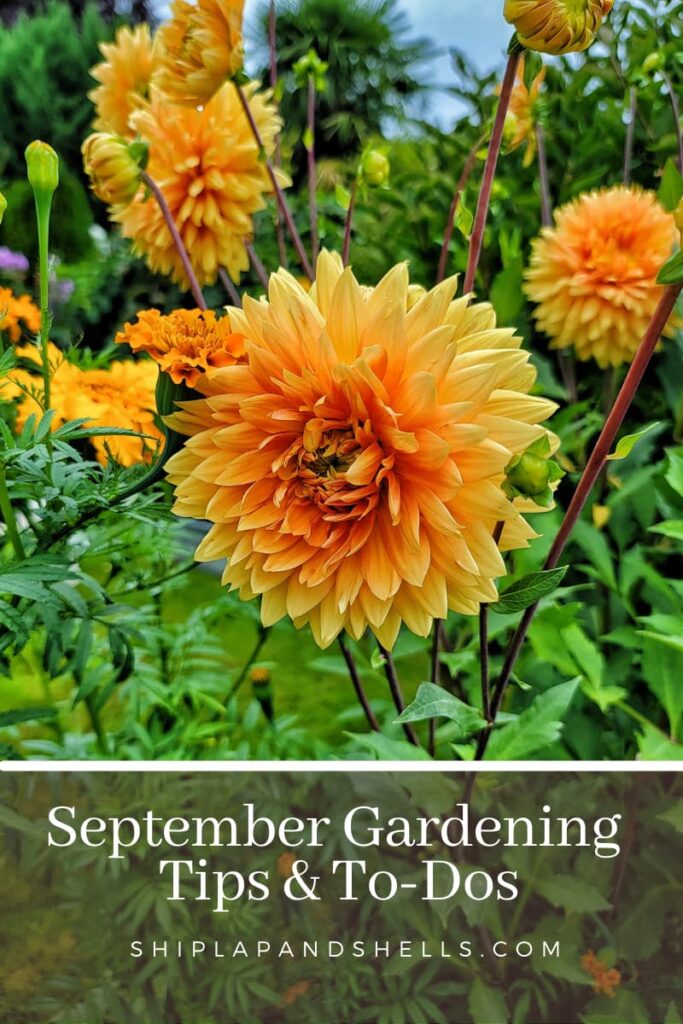

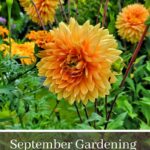

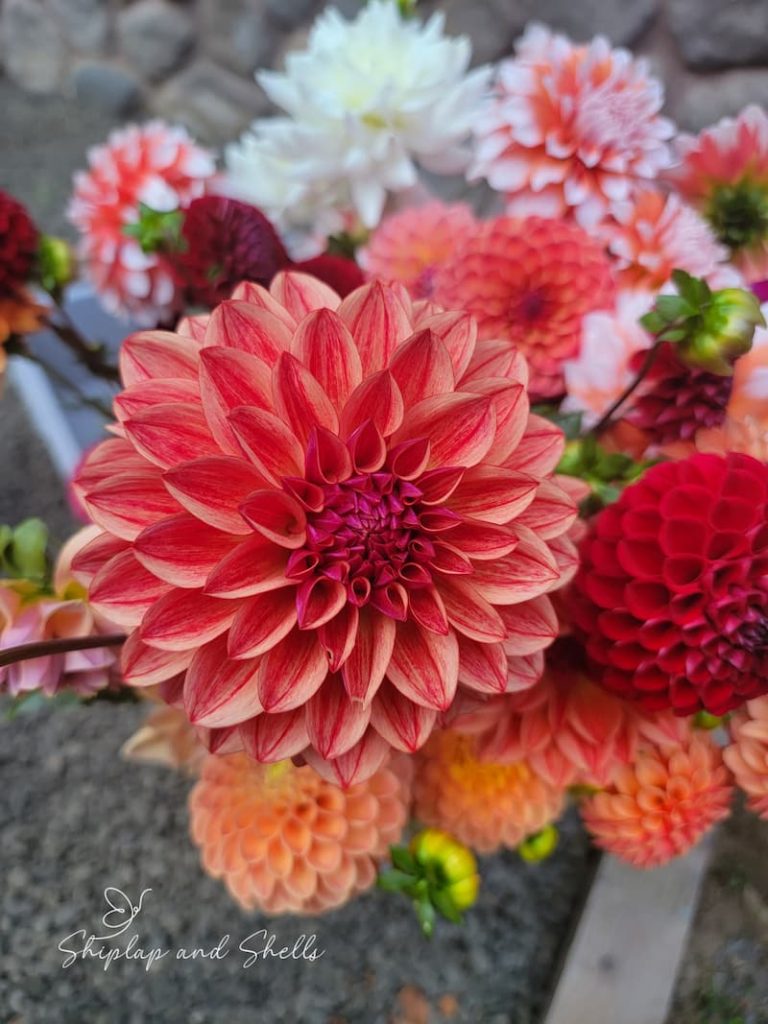
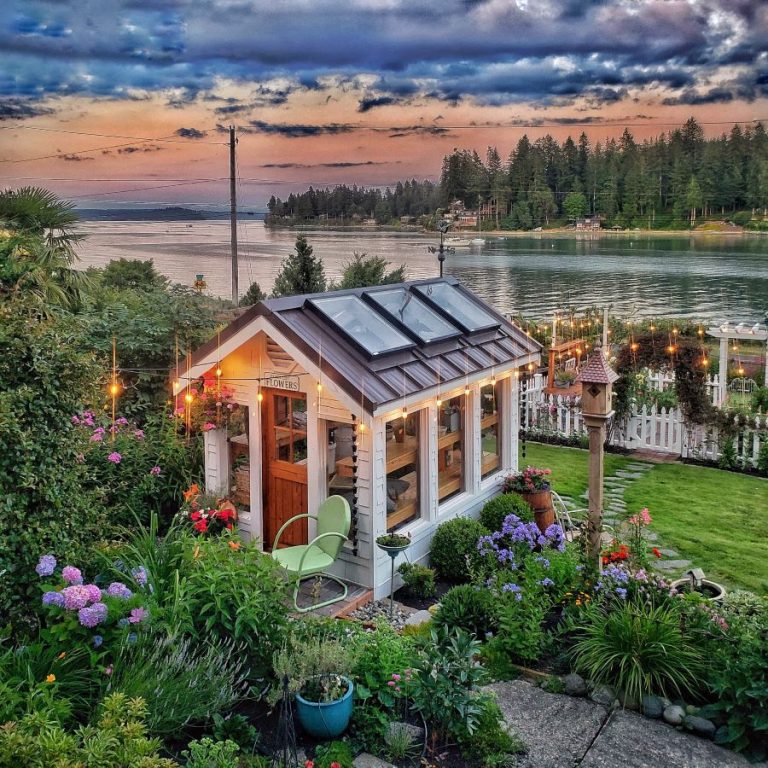
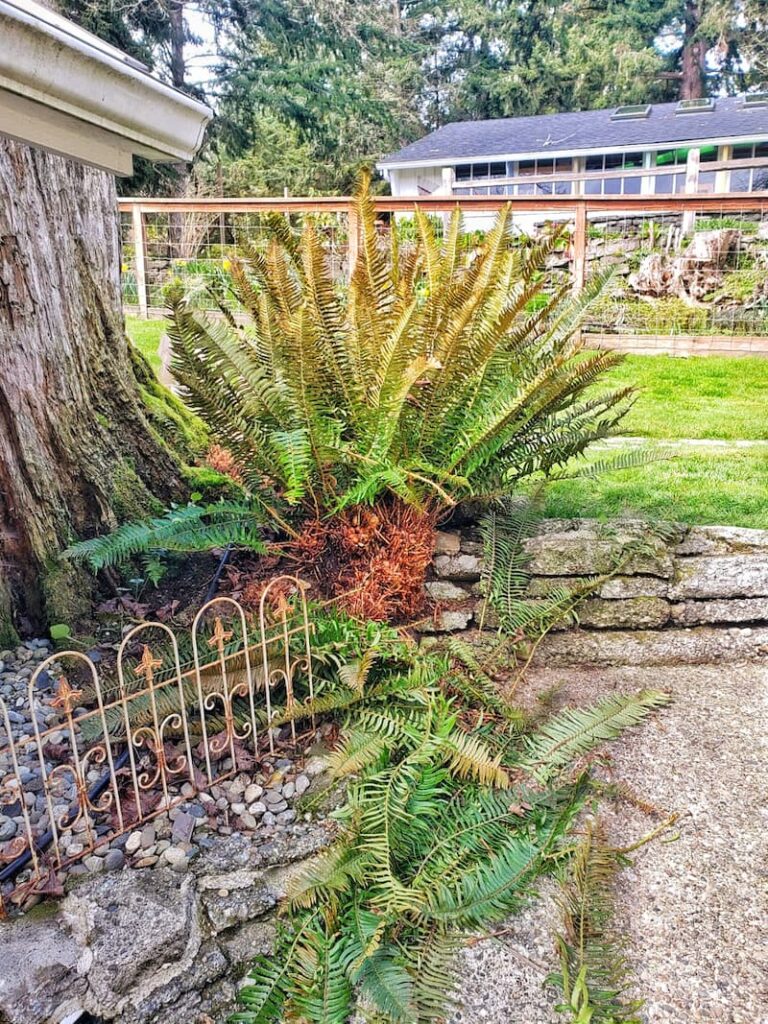
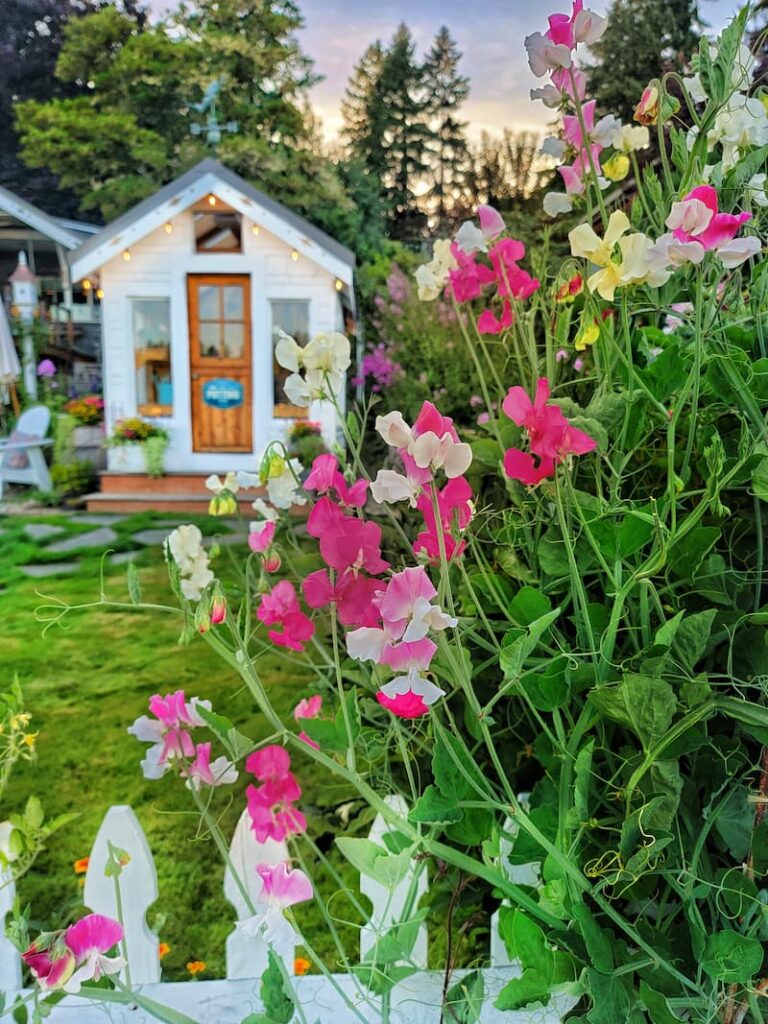
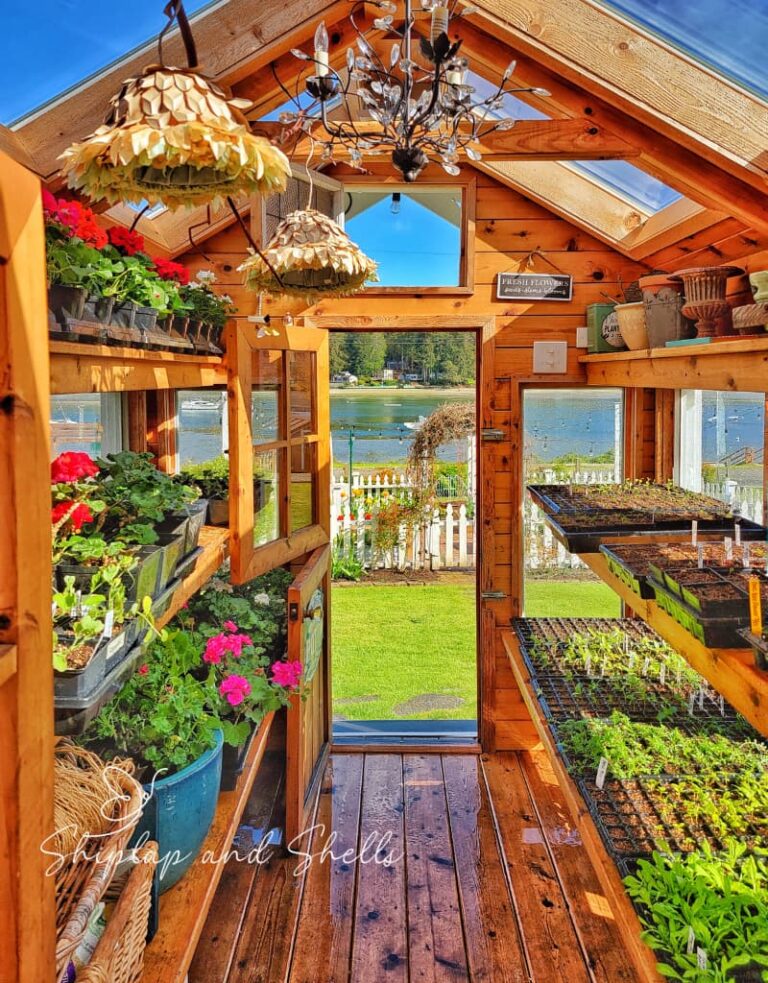
I’d like to be able to start saving flower seeds. If you have the time, I’d love a to know how you save the seeds and where you store them. Thank you for your blog!
I always love seeing your garden. Living in the lower Midwest many plants here are starting to look “tired”, but the main harbinger of fall is the change in light. New shadows and shade during usual sunny times of the day. I try to leave my container plants out till “the end” because of the migrating hummingbirds. I need to collect seeds this year, especially the mini zinnias. Happy late summer, Kim.